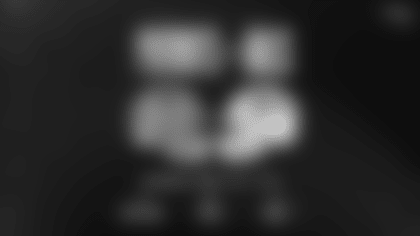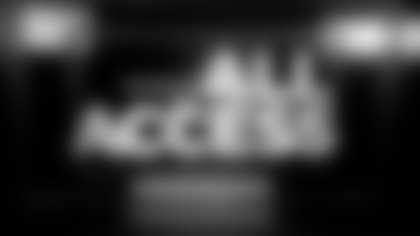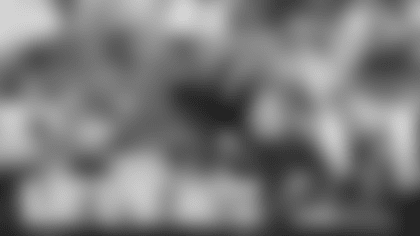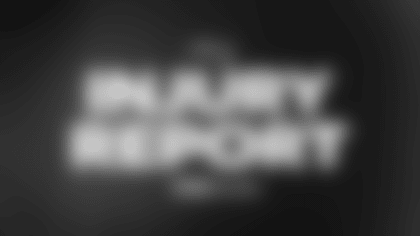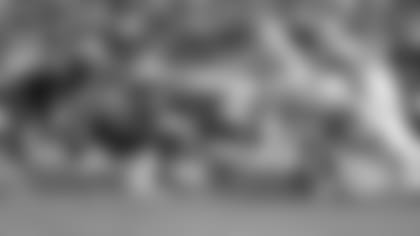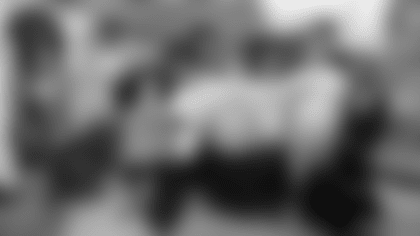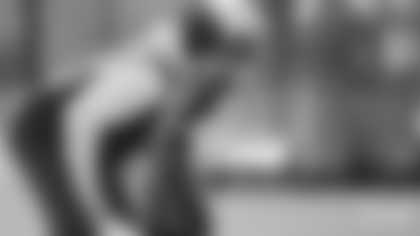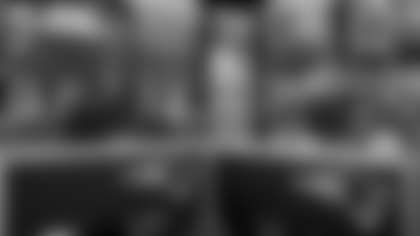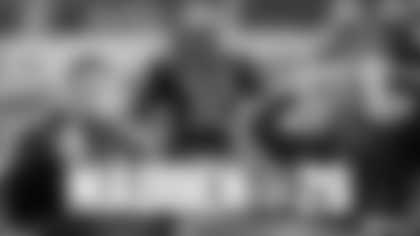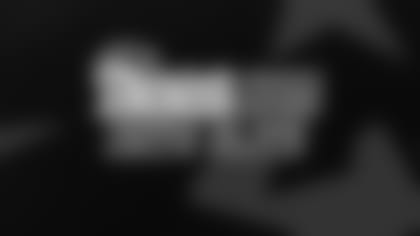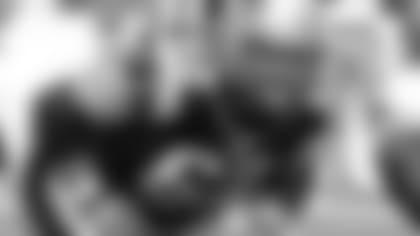FOXBORO, Mass. – Like a roulette player down to his last two chips, Bill Belichick bet it all on red.
This past Sunday versus the Buffalo Bills, the New England Patriots head coach threw caution – and his red challenge flag – to the wind. In the span of 11 seconds, he had gambled twice and lost.
You might expect most NFL head coaches, who are only allowed two challenges to a referee's ruling per game, to be somewhat miserly when it comes to spending both of those precious tokens.
After all, a referee will only overturn his original ruling if replays reveal conclusive evidence to the contrary. Plus, the potential total loss is a pair of equally valuable timeouts.
So, on Monday, Belichick gave reporters a glimpse into his decision process for challenges in general, and the two he tried for against the Bills in particular.
"First of all, it needs to be what you consider to be an important play in the game," he began. "Obviously the more important the play is, the more likely I'd be to throw it, regardless of how convincing the evidence was.
"And second of all, how good you feel about what evidence you have to work with. I would say the more important the play, the less certain I would be about the evidence or view of the play."
Translation: if it's a game-changing play, he'll probably roll the dice, whether or not he thinks the call has a good chance of being reversed.
"Sometimes," he continued, "You're just hoping you get a good view of it. The more sure you are of the replay, the more sure you are of the evidence that will overturn the play, then, I would say, the less important the play would need to be. I think those things, for me, work in inverse proportions."
Translation: why not place a sure bet?
"You know, it could be an incomplete pass on first down, whatever it is … you really got a good look at it, you really think that it was called incorrectly, OK, then you throw it."
Here was the scenario on Sunday.
With 9:14 left to go in the second quarter, the Patriots trailing 7-3, QB Tom Brady had his offense set up with a first-and-goal from the Bills' three-yard line. The call came in for a QB sneak, a play on which Brady usually can't be stopped.
This time, however, he fumbled and Buffalo recovered at its own one.
Belichick wasn't convinced one way or the other, yet he chose to challenge.
"If it's a big play in the game – a scoring play, a play like Brady's [fumble] – the ball's down there on the one-yard line, it turns over, it's a 7-point play," he explained.
"Did we have a great look at it? Was I convinced that it wasn't a fumble? No, not really. But it was such an important play and it was close, so, you take a shot at it."
It appeared that Brady's knee hit the ground before the ball was jarred loose, but the ref didn't see it that way. The ruling on the field stood.
On the very next play, Bills' rookie QB Trent Edwards dropped back to pass and immediately fled to pocket to escape a cavalry of Patriots defenders bearing down on him. Before throwing the ball incomplete, he appeared to step on the white paint in the back of the end zone, which would have given New England a 2-point safety.
But the officials didn't make the safety call.
Out came Belichick's red flag.
"If it was a really critical play, like the one in the end zone, that's another scoring play," Belichick reasoned.
"You know, was he out? It's close … I think the play was probably called correctly, but it's close and it's a scoring play, it's early in the game. I thought it could have been a big play. So, that's why I threw it."
Often, Belichick doesn't get a good look at a play. In those situations, he relies on his assistant coaches in the booths upstairs.
"If I get information from the coaches' booth, and they say, 'Hey, this guy definitely stepped out of bounds, no question about it,' then, I'd be probably inclined to throw the flag, even if the play wasn't that critical.
"We have it organized so that the information flows smoothly. I'd say I get good information from the booth. I have no problem with that."
Often, though, there isn't much time between plays to consult with the eyes in the sky. And for Belichick, therein lies the challenge.
"Sometimes it's the magnitude of the play, more so than somebody saying, 'Oh, this is absolutely the way it is,'" he concluded.
"They look at it and say, 'Hey, it's close, can't get a good look at it. It's hard to tell. Team's coming out of the huddle, getting ready to run the next play. You've got to make a decision."



